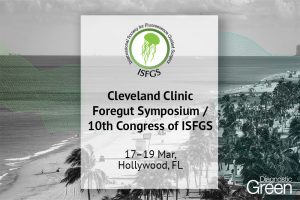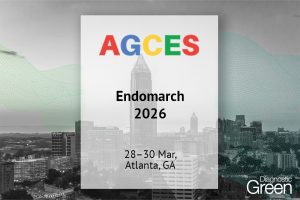Laparoscopic cholecystectomy (LC) with fluorescent cholangiography using indocyanine green dye (FC) identifies extrahepatic biliary structures, potentially augmenting the critical view of safety. We aim to describe trends for the largest single-centre cohort of patients undergoing FC in LC. A retrospective review of a prospectively maintained database identified patients undergoing LC with FC at a single academic institution. Patient factors included age, sex, BMI, and ASA score. Outcomes included operative time, conversion to open procedure, biliary injury, length of stay (LOS), and complications. Results: 828 patients underwent FC. 74.3% were female; mean age 50.4 years and average BMI 28.8 kg/m2. Mean OR time was 68.6 minutes. There were no mortalities nor common bile duct injuries. Morbidities included 4 bile leaks and 1 retained stone. 6 patients required conversion to an open approach.
Operative time, length of stay, and open conversion significantly decreased post a standard ICG protocol (p <0.05). Compared to white light, FC demonstrated lower operative times (99 vs 68 minutes), LOS (1.4 vs 0.4 days), open conversions (8% vs 0.7%), ED visits (13% vs 8%) and drain placements (12% vs 3%) (all p <0.05). Patients with BMI >30 saw elevated operative times and LOS.
Conclusion: In conclusion, this paper demonstrates improved operative outcomes with the utilization of FC through the consistent ability to delineate biliary anatomy, even in the setting of complex anatomy. No common bile duct injuries have occurred in our 7-year experience with FC. We recommend FC as the standard of care when performing laparoscopic cholecystectomies




